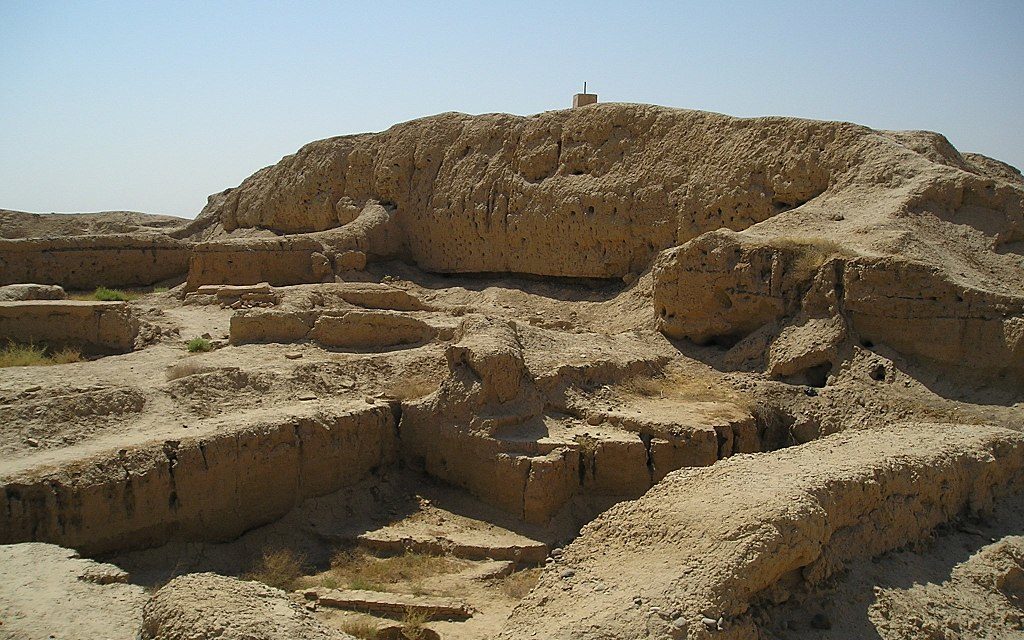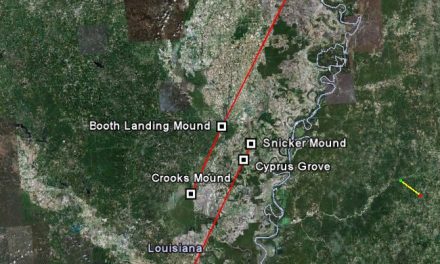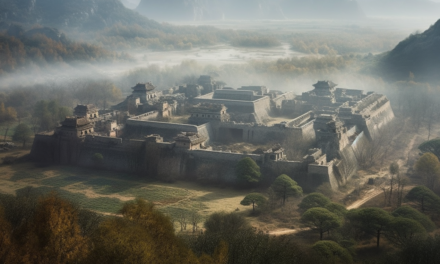Mari, Syria was, at one time, a city and state was located near the west Bank of the Euphrates River in Northern Mesopotamia which is now considered eastern Syria during the early bronze age. Being known as one of the first planned cities, was founded as a trade hub and a copper smelting center. Only one-third of the city remains while the rest has been washed away by Euphrates.
The city is known to have been constructed along with a 10-km “linking canal”. This provided the water essential for living and existence. The city was way too far from Euphrates to be able to get the water that was needed daily. Eventually, Mari’s linkage canal expanded outside of its intended boundries and eventually eroded two-thirds of the city including the housing.
The canal also provided access to trading ships. Mari controlled the points of entry and profited from its tolls. In 2550 B.C. Mari was reborn into city 2 over the city 1 being ruined. It was completely rebuilt over the city and trudging the canals.
Destruction of the City
It was first abandoned in the middle of the 26th century BC. But it was rebuilt and became the capital of East Semitic state before 2500 BC. Mari is not a small city that grew, but a new city that was founded during the early Dynastic period. It was constructed to control the waterways of the Euphrates trade routes and was built about 1-2 kilometers away from the river to protect from floods.
Mari is just one of many cities which have a construction similar to what Plato described as Atlantis. What’s even more interesting about this location is that a near by city (Abu Hureyra) was confirmed to have been destroyed by an asteroid around the time Atlantis was supposed to have been destroyed.






